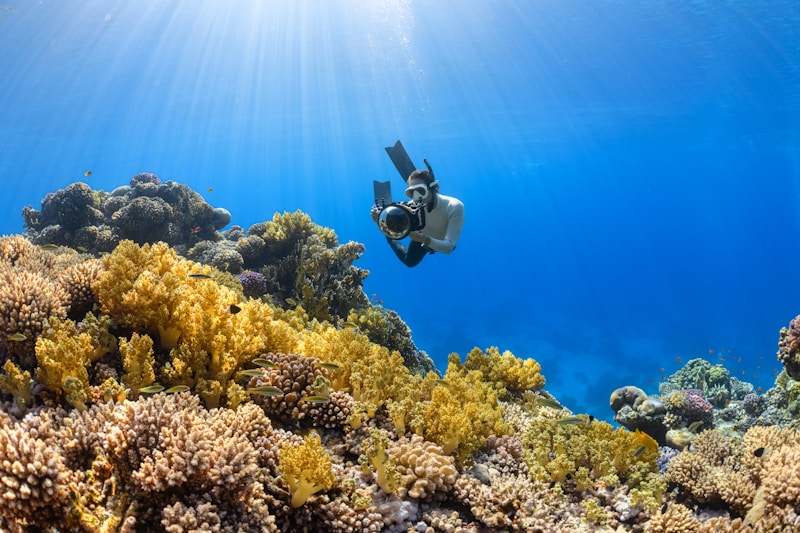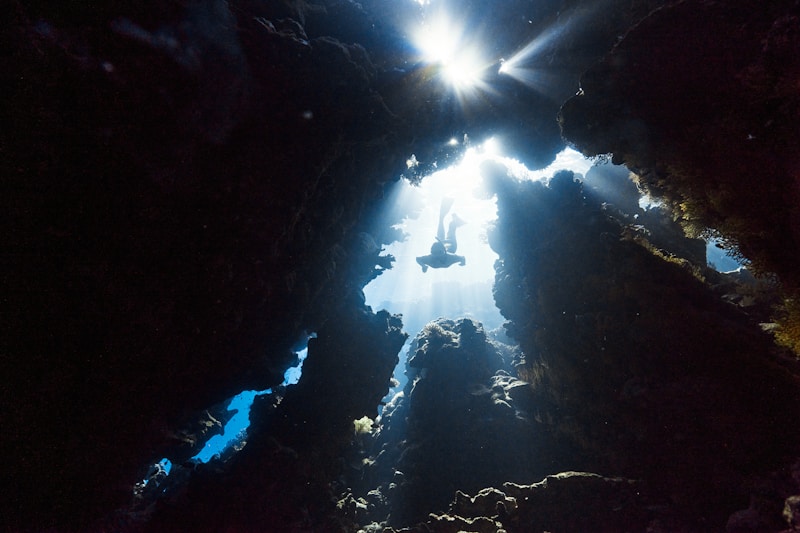5 Questions
What is the main role of the xylem in a plant's vascular system?
Moving water and nutrients from the soil to the leaves
In the context of plant and animal nutrition, what is a primary difference between them?
Plants derive nutrients from the soil and water, while animals get their food from primary producers.
Which of the following best describes an adaptation seen in plants according to the text?
Evolving specialized leaves like water-absorbing roots and photosynthetic tissues
How does the article describe the relationship between plants and animals in terms of energy flow?
Symbiotic, where each depends on the other for a continuous flow of energy
Which process plays a central role in enabling plants and animals to interact effectively with their environments according to the text?
Adaptation
Study Notes
The Conversation Between Plants and Animals: Understanding Photosynthesis, Respiration, Circulation, Nutrition, and Adaptations
In the vast tapestry of life, plants and animals engage in a delicate interplay that sustains both kingdoms. Though they may appear to exist independently, their conversations are woven through the intricate threads of photosynthesis, respiration, circulation, nutrition, and adaptations. Let's delve into these interconnected processes to reveal the depth of this conversational dance.
Photosynthesis: The Sun's Gift to Us All
Photosynthesis is the lifeblood of our planet, converting sunlight into chemical energy that plants and some microorganisms use to grow and produce oxygen. Through this process, plants create the compounds that animals depend on for energy, growth, and reproduction.
Respiration: The Plant-Animal Symbiosis
Both plants and animals rely on respiration to release energy from organic compounds and produce waste in the form of carbon dioxide. This exchange of carbon dioxide and oxygen between plants and animals is essential to maintaining a balanced ecosystem. Plants take in carbon dioxide through their stomata, releasing oxygen as a byproduct, while animals utilize oxygen for cellular respiration and release carbon dioxide back into the atmosphere.
Circulation: The Flow of Energy and Nutrients
Though plants do not have circulatory systems like animals do, they still engage in an essential form of circulation. Water, nutrients, and photosynthesis products move through plants via their vascular system, composed of xylem and phloem. This system's flow of water and nutrients from the soil to the leaves, and the movement of sugars and starches from the leaves to other parts of the plant, mirrors the circulatory system's role in animals.
Nutrition: A Shared Table
Plants and animals share a common table, consuming the same nutrients and energy sources. Animals obtain their food from primary producers like plants, while plants derive nutrients from the soil and water. This mutualistic relationship ensures a constant flow of energy and nutrients within the ecosystem, highlighting the interdependence of plant and animal life.
Adaptations: The Language of Survival
Plants and animals have evolved unique adaptations to thrive in their respective environments. For example, plants have developed specialized leaves, such as the water-absorbing roots of the water lily and the photosynthetic tissues of the Venus flytrap, while animals have evolved diverse feeding strategies to optimize their nutrient acquisition. These adaptations enable plants and animals to converse with their environments, strengthening their interconnectedness.
In summary, plants and animals engage in a continuous conversation fueled by photosynthesis, respiration, circulation, nutrition, and adaptations. This conversational dance sustains life on Earth, demonstrating the intricate relationships that exist within the natural world. By understanding these processes and their interconnectivity, we can better appreciate the delicate balance that sustains our planet and its inhabitants.
[Note: The article does not include references; instead, the information presented comes from a general understanding of the subjects and is considered accurate at the time of writing (February 23, 2024).]
Explore the intricate relationship between plants and animals as they engage in conversations through processes like photosynthesis, respiration, circulation, nutrition, and adaptations. Discover how these interconnected mechanisms sustain life on Earth and highlight the delicate balance within ecosystems.
Make Your Own Quizzes and Flashcards
Convert your notes into interactive study material.



